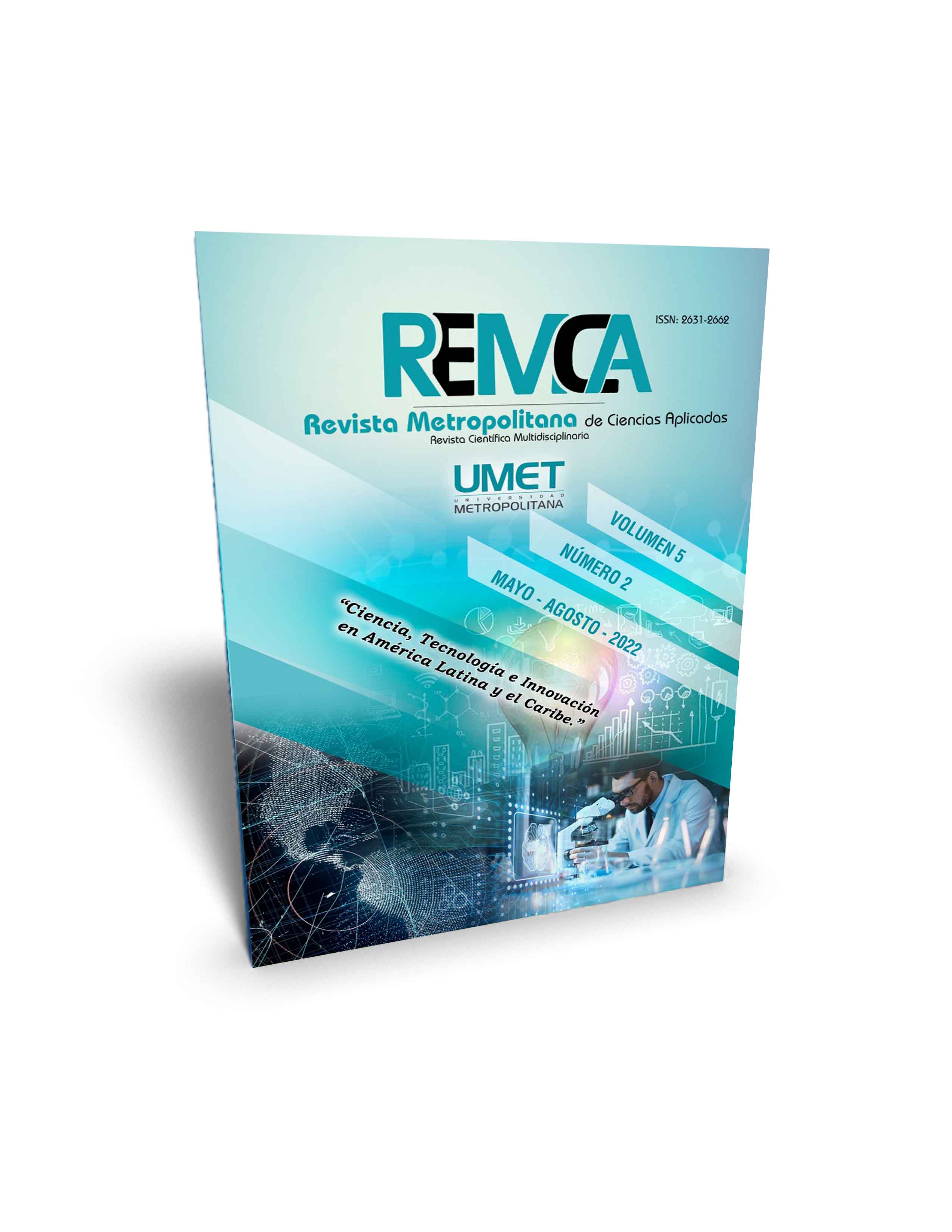Plastic islands are their environmental link in Ecuador
DOI:
https://doi.org/10.62452/7565wg29Keywords:
Plastic islands, garbage, environmental pollutionAbstract
Garbage is a serious problem for the environmental balance, and within that line is marine litter, creating a lot of concern, the fact that it is mainly made up of plastic waste in the face of the damage caused to man, fauna, marine ecosystems, and the economy of those who depend on seafood. When accumulated, this waste gives rise to the so-called plastic islands, which arise from the accumulation of tons of waste of various dimensions of that material, being present in the world's seas and oceans, generating high levels of pollution and affecting fish, birds and other marine species that are involved in the possibility of dying, when entangled with plastics or consuming them. Unfortunately, this environmental phenomenon has encompassed the Galapagos Islands, declared a World Heritage Site by UNESCO in 1978. From the above, it follows as a research objective, to describe plastic islands and their environmental linkage in Ecuador, for this the author was supported in a documentary research that concluded the need to sensitize people and raise awareness among companies and institutions to address this environmental problem.
Downloads
References
Álvarez, P., Calvo, F., Rodríguez, J., & Ramos, P. (2003). Residuos: Alternativas de Gestión. Universidad Salamanca.
Castaneta, G., Gutiérrez, A., Nacaratte, F., & Manzano, C. (2020). Microplásticos: un contaminante que crece en todas las esferas ambientales, sus características y posibles riesgos para la salud pública por exposición. Rev. Bol. Quim., 37(3).
Coe, J., & Rogers, D. (1997), Marine Debris: Sources, Impacts and Solutions. Springer.
Cozar, J. (2005). Principio de precaución y medio ambiente. Rev. Esp. Salud Publica, 79(2), 133-144.
Ecuador. Asamblea Nacional Constituyente. (2008). Constitución de la República del Ecuador. https://www.cec-epn.edu.ec/wp-content/uploads/2016/03/Constitucion.pdf
European Commission Plastics. (2018). Reuse, recycling and marine litter. ICF Eunomia,
Franceschi, R. B. (2011). Bolsas Plásticas: Re-Cycling, Re-Think, Rechange. https://eprints.ucm.es/13469/1/Roberta_Barban_Bolsas_Plasticas_72.pdf
Galván, L., & Reyes, R. (2009). Algunas herramientas para la prevención, control y mitigación de la Contaminación ambiental. Universidad, Ciencia y Tecnología, 13(53), 287-294.
Gómez, O., & Gómez, M. (2013). Evaluación de Impacto Ambiental. Ediciones mundi- prensa.
Iñiguez, M. (2018). Estudio de la contaminación marina por plásticos y evaluación de contaminantes derivados de su tratamiento. Universidad de Alicante.
Kalpakjian, S., & Schmid, S. R. (2002). Manufactura, ingeniería y tecnología. Pearson Educación.
Kershaw, P., Katsuhiko, S., Lee, S., Samseth, J., & Woodring, D. (2011). Plastic Debris in the Ocean. UNEP.
Molina, R., Gómez, W, & Lozado, C. (2021). Contaminación marina por desechos plásticos en países del perfil costero del Pacífico Sur, 2016-2021. Pol. Con., 6(5), 458-478.
Organización de las Naciones Unidas. (2016). Informe de la Asamblea de las Naciones Unidas sobre el Medio Ambiente del Programa de las Naciones Unidas para el Medio Ambiente. PNUMA. https://digitallibrary.un.org/record/845762/files/A_71_25-ES.pdf
Organización Mundial de la Salud. (2019). La contaminación destruye la salud y la economía. OMS. https://porelclima.es/equipo/2656-graves-efectos-de-la-contaminacion-en-la-salud-y-la-economia.
Piñango, L. (2010). Metodología trabajos y proyectos escolares. Editorial Piancu.
Rodríguez, V., Bustamante, L., & Mirabal, M. (2011). La protección del medio ambiente y la salud, un desafío social y ético actual. Rev Cubana Salud Pública, 37(4), 510-518.
Secretariat of the Convention on Biological Diversity. (2016). Convenio sobre la Diversidad Biológica. UNEP.
Socas, A. (2018). Contaminación por residuos: Islas de Plástico. Universidad de La Laguna
Trabucchi, M. (2019). Las 7 islas de plástico más grandes del mundo. https://www.revistagq.com/noticias/articulo/7-islas-de-plastico-mas-grandes-del-mundo.
Veiga, J., Fleet, D., Kinsey, S., Nilsson, P., Vlachogianni, T., Werner, S., Galgani, F., Thompson, R., Dagevos, J., Gago, J., Sobral, P, & Cronin, R. (2016). Identifying Sources of Marine Litter. JRC Technical Report.
Vélez, O., & Galeano, E. (2002). Investigación cualitativa. Estado del arte. Universidad de Antioquia. Trabajo Social, 16(16), 269–270.
Downloads
Published
Issue
Section
License
Copyright (c) 2022 Yeriny del Carmen Conopoima Moreno (Autor/a)

This work is licensed under a Creative Commons Attribution-NonCommercial-ShareAlike 4.0 International License.
Authors who publish in Revista Metropolitana de Ciencias Aplicadas (REMCA), agree to the following terms:
1. Copyright
Authors retain unrestricted copyright to their work. Authors grant the journal the right of first publication. To this end, they assign the journal non-exclusive exploitation rights (reproduction, distribution, public communication, and transformation). Authors may enter into additional agreements for the non-exclusive distribution of the version of the work published in the journal, provided that acknowledgment of its initial publication in this journal is given.
© The authors.
2. License
The articles are published in the journal under the Creative Commons Attribution-NonCommercial-ShareAlike 4.0 International License (CC BY-NC-SA 4.0). The terms can be found at: https://creativecommons.org/licenses/by-nc-sa/4.0/deed.en
This license allows:
- Sharing: Copying and redistributing the material in any medium or format.
- Adapting: Remixing, transforming, and building upon the material.
Under the following terms:
- Attribution: You must give appropriate credit, provide a link to the license, and indicate if any changes were made. You may do this in any reasonable manner, but not in any way that suggests the licensor endorses or sponsors your use.
- NonCommercial: You may not use the material for commercial purposes.
- ShareAlike: If you remix, transform, or build upon the material, you must distribute your creation under the same license as the original work.
There are no additional restrictions. You may not apply legal terms or technological measures that legally restrict others from doing anything the license permits.




